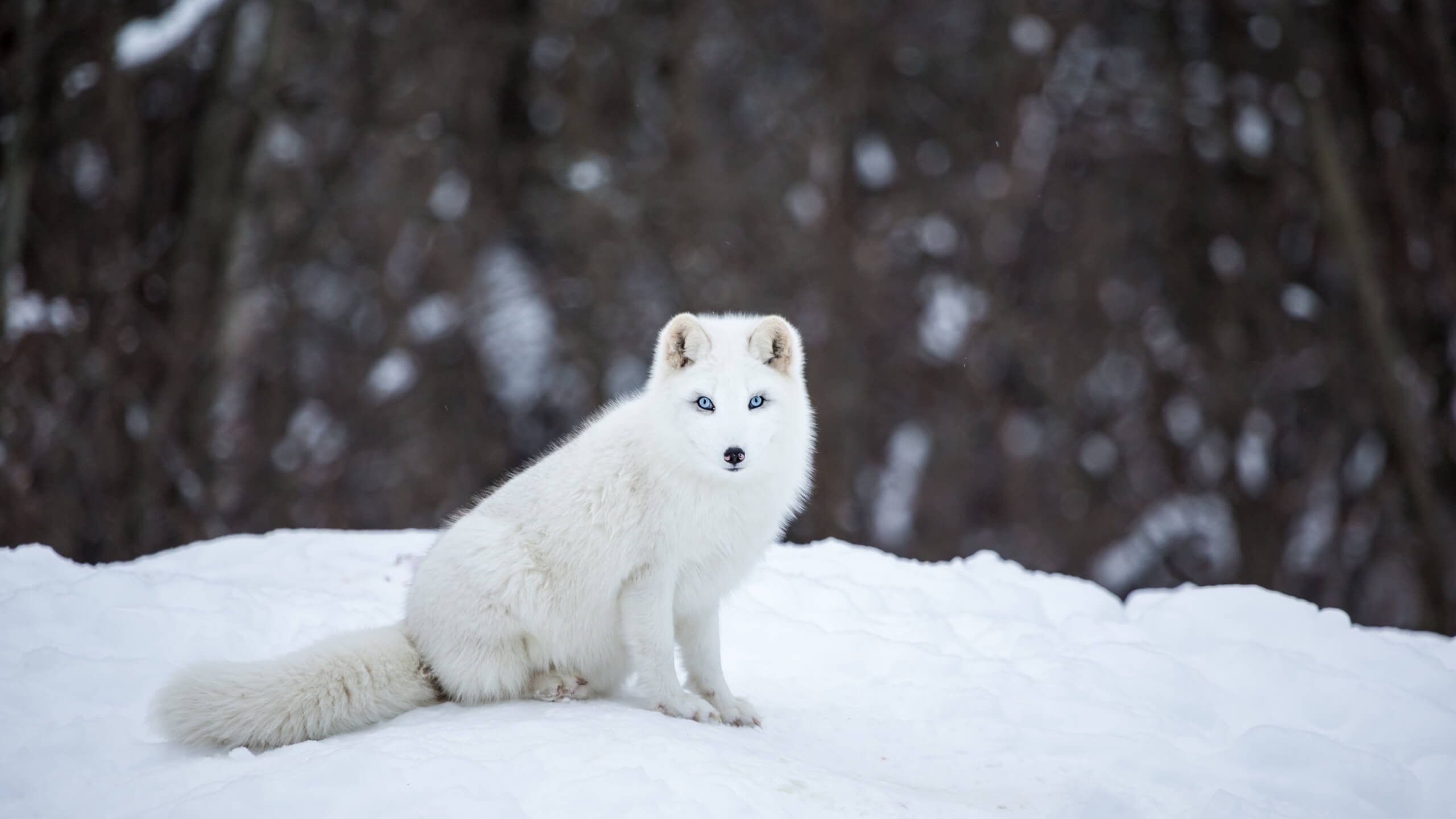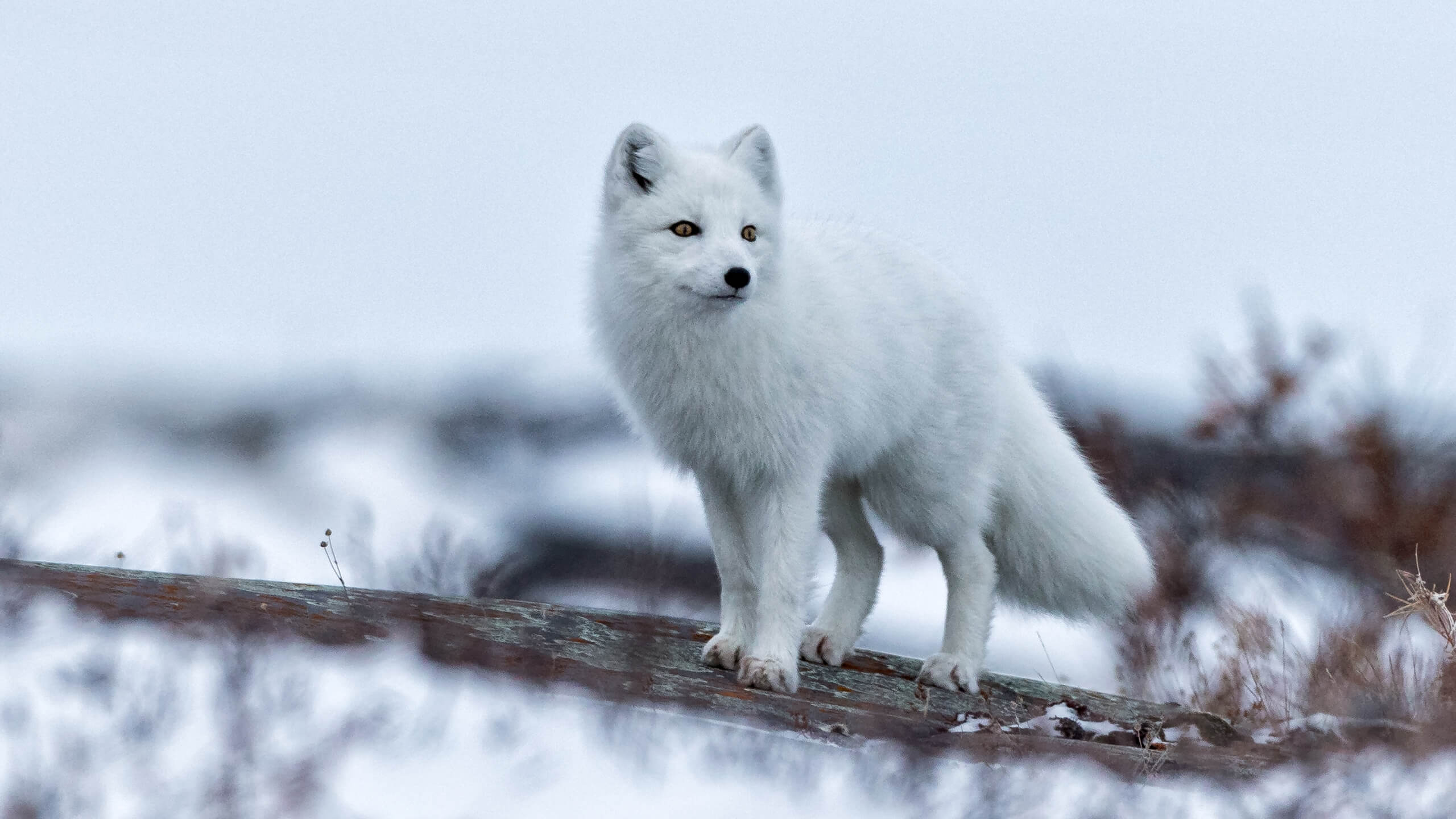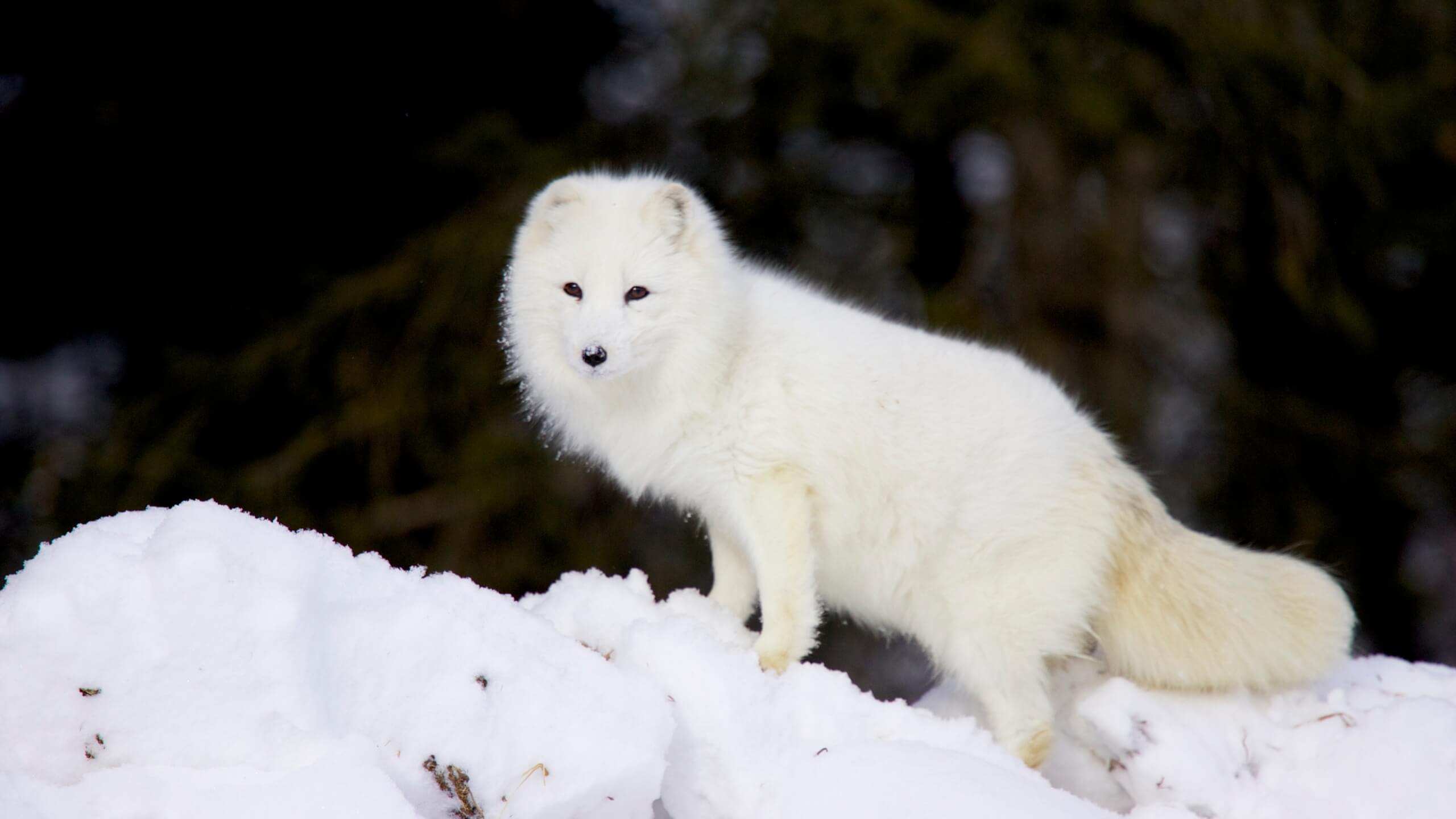The Arctic fox is a small fox species found in the Arctic tundra habitat of the Northern Hemisphere. They are opportunistic feeders and eat whatever they can find, such as rodents and other small mammals, fish, birds, eggs, insects, carrion, berries and seaweeds. Here we gathered all the information about what Arctic foxes eat.
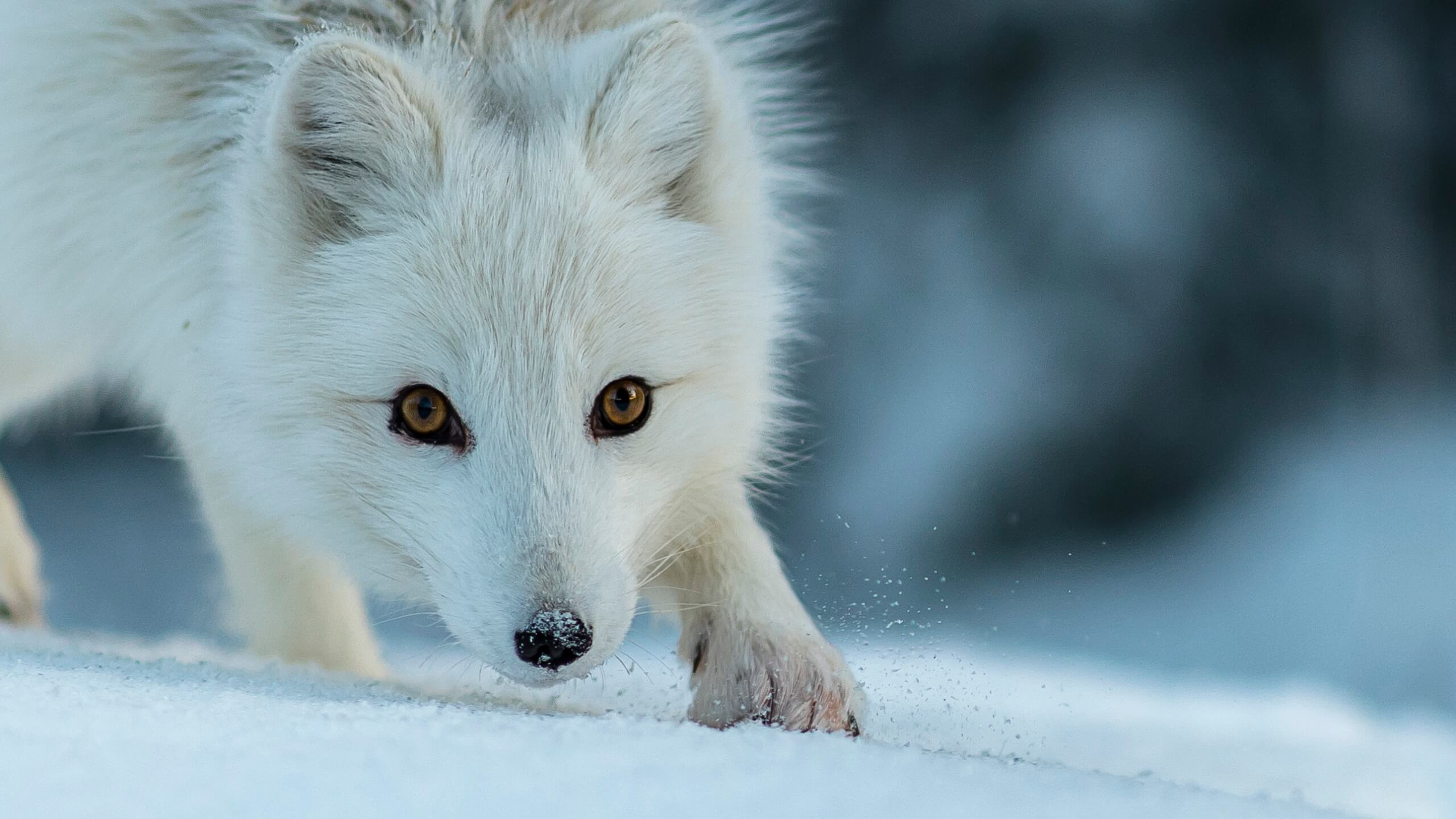
What Do Arctic Foxes Eat?
Arctic fox is an omnivorous animal that primarily eats small mammals, such as lemmings, voles, and hares. During tough times when food is not abundant, they will eat whatever they find, such as birds, eggs, fish, insects, carrion, and even the droppings of other animals. They also sometimes follow large predators like wolves and polar bears on their hunting trips to eat their leftovers.
Arctic foxes are known for scavenging food from human settlements, such as garbage scraps and other discarded items. Arctic foxes also eat berries and seaweeds, that is why they are considered as omnivores.
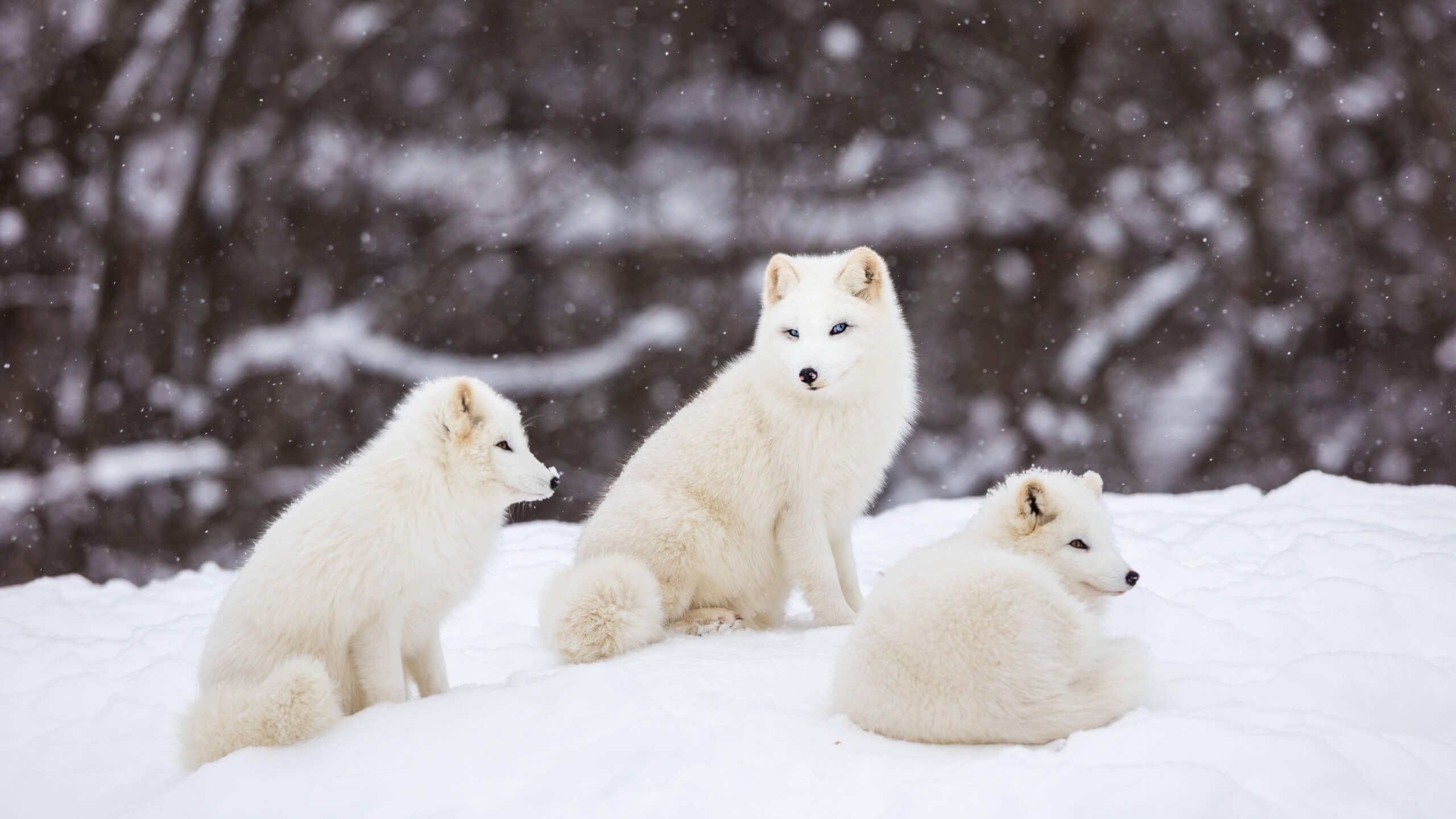
What Do Arctic Fox Eat In Summer?
Food is abundantly available for Arctic foxes in the summer season. They generally eat lemmings, voles, and other rodents, hares, birds, eggs, fish, and carrion. Their most common diet is lemmings, and a single family of Arctic foxes will eat dozens of lemmings per day. Arctic foxes mostly eat birds in some regions of northern Canada and in the coastal regions of Iceland and other islands, where a large number of migratory birds seasonally arrive for breeding. They are also known to hunt the pups of ringed seals during the months of April and May, when they are helpless, alone, and restricted to their dens. Arctic foxes are the biggest predators of bird-eggs in their habitat. They are known to eat the eggs of all birds except for the largest species of tundra birds.
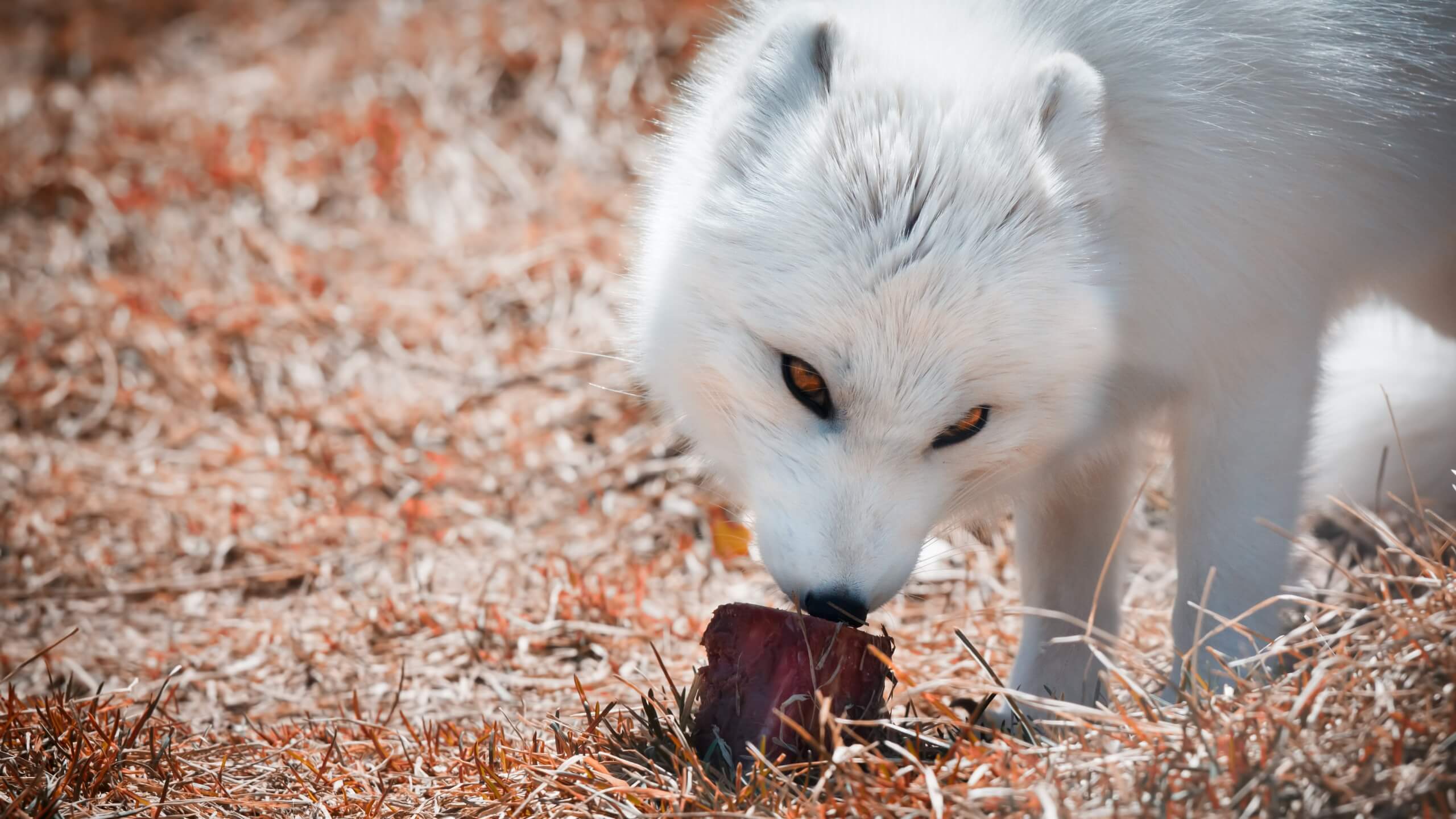
Arctic foxes eat as much food as they can in the summer season. They store extra food in the form of body fats to survive the extreme conditions of winter and food scarcity. At the start of winter, an Arctic fox has a storage of about 14740 kJ energy only in the form of fats. While the daily energy requirement of an average size Arctic fox during the winter is estimated as about 471 kJ.
Arctic foxes are also known to hoard food during the summer when food is plentiful. In Canada, they are observed to obtain the eggs of snow goose at a rate of about 2.7 to 7.3 eggs per hour. They store about 80 to 97% of these eggs and then consume it during the winter.
What do arctic foxes eat in the winter?
In the winter, Arctic foxes will eat anything they can find, such as lemmings and other rodents, carrion, insects, berries and even the poops of other animals. They will also follow polar bears and wolves to scavenge on their kills. They are also known to hoard food (especially birds eggs) in the summer, which they then consume in the winter. When food is extremely scarce in the winter, they will rely on their body fats to survive.
What is the Arctic fox’s favorite food?
The favorite food of Arctic foxes is lemmings, voles, other rodents and small mammals like hares. However, they are opportunistic feeders and also eat other things available, such as birds, bird eggs, fish, insects, carrion, the leftovers of other carnivore animals (polar bears and wolves), berries and seaweeds.
How often do Arctic foxes eat?
As Arctic foxes are opportunistic feeders, they will eat as much food as available. Depending on the availability of prey sources, an Arctic fox will eat an average amount of 1 to 3 pounds of food per day. However, when food is plentiful in the summer, they will also feed their young and cache the extra food for later consumption in the winter. It has also been reported that an average 11 member family of Arctic foxes may consume up to 60 rodents per day during the summer season, when rodents are abundantly available.
Do arctic foxes eat penguins?
No, Arctic foxes do not eat penguins. The habitat of penguins is Antarctica (Southern Hemisphere), which is far away from the Arctic tundra habitat of Arctic foxes located in the Northern Hemisphere. So it is not possible for an Arctic fox to find and eat penguins.
What Animals Eat Arctic Foxes?
Arctic foxes have a resourceful and cunning nature and avoid predators in many ways, but Arctic wolves sometimes prey on them. Polar bears and golden eagles also eat Arctic foxes, especially their young ones, which they dig out from the dens. Their other natural predators include wolverine, red foxes, and grizzly bears.


